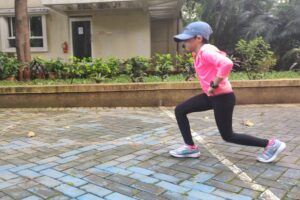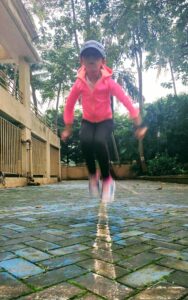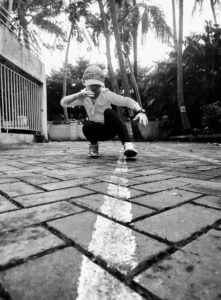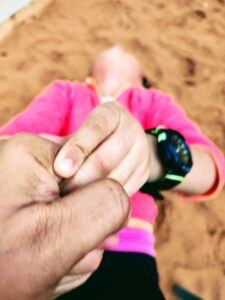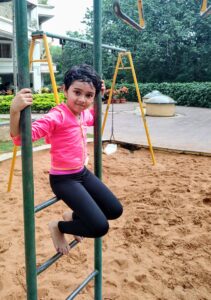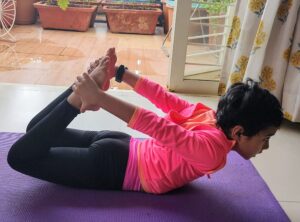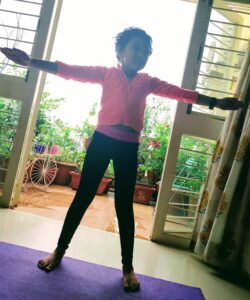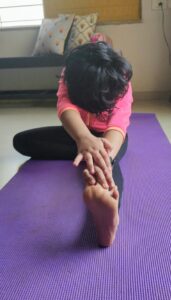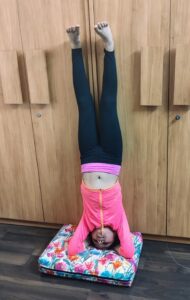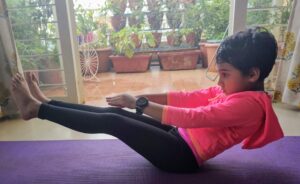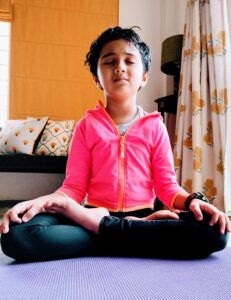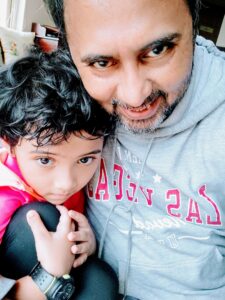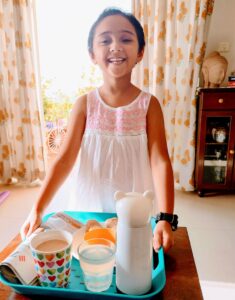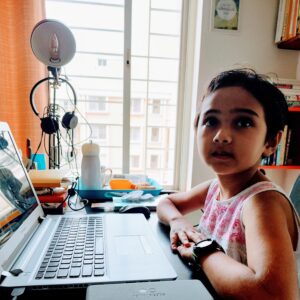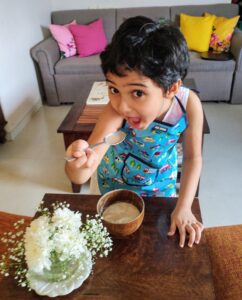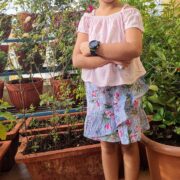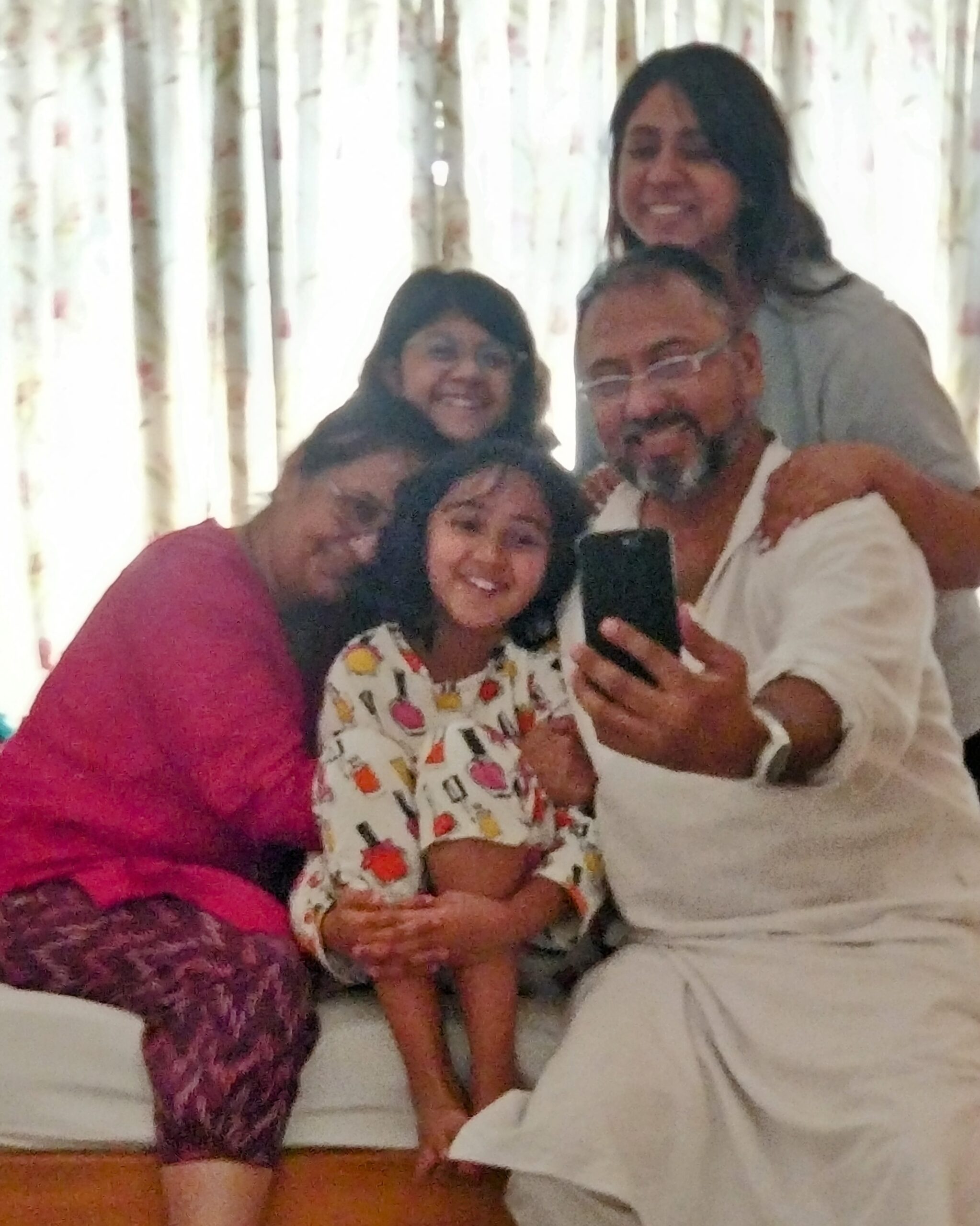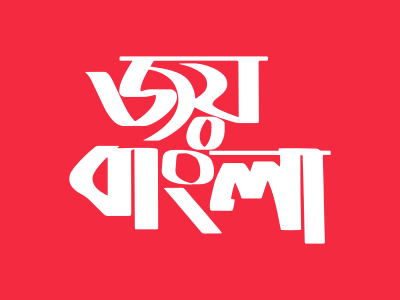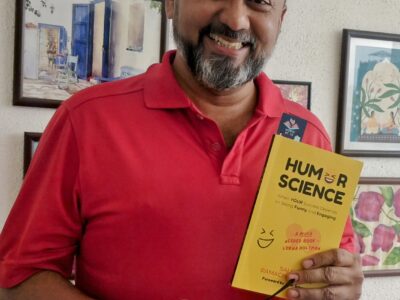I keep talking of Kymaia’s fitness routine, but because we were so focused on her actually making things happen, I have not found time to document it in detail.
We are following the LTAD, or the Long Term Athlete Development process. You can Google it. It takes the famous ‘ten-year or 10,000-hour rule’, which says that it takes 10,000 hours of regular practice (or 3h a day for 10 years) to reach world-class proficiency in anything, and turns it into practical advice. More or less. It is a training framework pioneered by Dr.Istvan Balyi, and divides the human child’s athletic life into 15 years of training, from age 6 to 24, and gives a structure for trainers and parents to follow scientifically.
Now, this is, inspite of the science, very much subjective to a lot of things, from your child’s general speed of development, to their interests, sleeping patterns, diet, available resources and places to train, and so on. There is, of course, much science even in that, and includes such terms as Peak Height Velocity and Windows of Optimal Trainability, and so on. One needs to study the subject carefully but still use intuition, a parental understanding of one’s child, and an inner ear to actually listen to unrelated stuff that may cause a butterfly effect on the child’s readiness, willingness, and ability to adapt and learn.
However, broadly, a child’s athletic life, with chronological age being 6, and corresponds to Year 1 of athletic training age. The Training Ages (TA) are divided into approximately 7 parts.
But before that: Please note that these are all approximations and (extremely superficial) interpretations of Dr.Balyi’s theory and are not to be taken as an alternative to professional advice. I am not a qualified expert and am putting these thoughts down only as a parent starting my child on the path of a healthy and fit, and hopefully consequently happier and more fulfilling life than the alternative (unhealthy and unfit), and willing to read up, try out, use, test, discard/keep anything that helps my child and me along that path, the LTAD Framework being the most sensible I have seen till date. The following ages are for females. As with everything, males start late in everything and have slightly different stages and ages.
- TA 1 to 3: FUNdamentals, which are ABC, or Agility, Balance, Coordination.
- TA 3 to 6: Learning to Train, which consists of RJT, or Running, Jumping, Throwing.
- TA 6 to 9: Training to Train, which is the age when the growth spurt happens and Peak Height Velocity is reached (from 4cm/annum to 12cm/annum), and consists of speed development, weight training, and competition modelling. This is the time children are awkward and clumsy because their bones are literally growing enough every day for them to find it difficult to recreate actions from muscle memory.
- TA 9 to 11: Learning to Compete, which consists of putting the kid into environments where their skills and training are challenged by others, in short: competitive events. Emotional strength building and specialisation happen here.
- TA 11 to 14: Training to Compete, which consists of optimisation for specialised sport and building further mental and emotional strength to win (and lose).
- TA 14 to 15: Learning to Win, which consists of maximisation of potential with gaining experience that brings an intellectual and emotional maturity to the athlete.
- TA 15 Onwards: Winning for a Living, if that is the goal, or just remaining active for life. Now, obviously, every child is different and these are only recommendations based on observed samples and anatomical truths. So, once again, at the cost of repeating, do not take me for my word. Do your research, consult experts, and only then decide what is best for your child.
Now, to Kymaia’s physical routine (and breakfast diet) over the week. Here is a glimpse:
- Mondays: Reveille at 0500h, an elaichi banana or two toasts, butter, and cheese, exit house at 0530h, reach running track at 0545 (1km jog to track, since walking before 0800h is prohibited, and I have managed to convince her that she can walk once she turns 40, which I once overheard her telling her friends in all honesty! Such is the innocence and trust of this, surely short-lived, age), run 5 cycles, with each cycle being 2km, alternating between speed running and jogging (odd rounds are fast, even are slow), with juice breaks every time she passes me (I too jog-walk-run on the same track), return home jogging (1km), which makes the total run 12km, following which there is extreme stretching for 15 minutes, and the monkey bars are used for free hang (we have progressed from 10s to 30s) using both hands (we will slowly work our way to single hand, and then using hands to move across the hanging handles), topped off with inverted toe-touches (I have to hold her feet and give her my fingers to hold on to but we are making slow progress), and then upstairs, we do some Yogasanas (including sheershasana) and meditate to some piano piece our piano teacher has asked us to listen to. This is followed by a breakfast of 2 eggs, two chapatis, one slice of cheese, some home-friend chips, a bar of chocolate, 250ml of cow’s milk with Bournvita or Hershey’s chocolate, and a litre of water. A hot water head bath with shampoo, and it is 0915h, time to leave for the piano class nearby. At the end of the day, lights-out is at 2030h.
- Tuesdays: Late mornings, waking up at 0600h or 0630h sometimes. No exercise. If mood allows, we two go for a walk at a nearby nature trail or play on the swings or do Zumba (thanks YouTube) or the horrid Tabata (with topless men as instructors!). Nowadays, we have started to go down to the basement (where we have a wall) and practising throwing and catching balls with varying bounces (squash ball, hard and soft tennis balls). Sometimes, we try to do the hula hoop. No head bath. Chess class begins at 0800h. At the end of the day, lights-out is at 2030h.
- Wednesdays: Reveille at 0500h, an elaichi banana or two toasts, butter, and cheese, exit house at 0530h, reach running track at 0545, run 4 rounds (8km), jog back, then do four exercises on a badminton court painted on the walkway in the building: lunges, duck walk, kangaroo jumps, basketball jumps, followed by 50 court runs (sometimes 25, sometimes 100), and then off to the hanging bars for the same routine, up to the apartment for the same routine and same breakfast. Hot water head bath with shampoo. Chess login at 0800h. At the end of the day, lights-out is at 2030h.
- Thursdays: Same as Tuesdays. At the end of the day, lights-out is at 2030h.
- Fridays: Same as Wednesdays, except the run is only three rounds (6km). Breakfast, head bath, then chess login at 0800h. We are allowed to stay up as late as we want. One night, we were up till 0200h the next day!
- Saturdays and Sundays are for waking up late, sometimes even 0700h, and then lounging about painting or listening to music and dancing. A soft drink may be had on Friday and Saturday evenings.
As for food, we are allowed to eat all kinds of junk food, sweets, chips, burgers (no pizza though because we hate it, for some reason), sandwiches, nut butters, chocolate and fruit spreads, ice creams, whatever we want. Why is that? For one, we do not like too much junk food anyway. And secondly, unlike adults who need food only for their daily physical and mental activities (storing the rest of it as fat deposits, more or less), we need energy not just for our daily activities, but also the heavy exercise we do, AND to grow. So, everything is allowed (though not aerated drinks, which are rationed).
What does she have for lunch and dinner? Roti, subzi, rice, dal, chicken, raita, pasta, and the likes. Nothing special. She does tend to snack through the day, but in very small quantities, and mainly dry fruits and fresh fruits. Sometimes, an extra glass of milk is demanded. That’s about it. No vitamins, no tonics, no medicines, no nothing.
I am sure a lot of you have questions. But as I have stated right at the beginning of this exercise a month or so ago, I shall not be answering individual questions, or engaging with trolls. Feel free to research LTAD and other frameworks yourself, talk to experts, take professional guidance, and decide for your child yourself. I am only posting what Kymaia (and her parents) is doing. This may change, or remain the same. Her interest and/or ability in some may grow or diminish. We could be doing something completely different 9 years from now or 9 months or 9 days from now. I am only chronicling what we are doing at the point of writing this post. Do not take this as expert advice.
I am not an expert. I am just a father who wishes his child to be guided into leading a healthy, active, and fit lifestyle which may hopefully result in a happier and more fulfilling life. Remember, ‘hopefully’ is the operative word here.
P.S: Today, she ran 6km in 49 minutes, which is a good 6 minutes 57 seconds faster than her fastest time yet! Like. Wow! Who betters their time by 7 minutes in two months? I am so proud!

